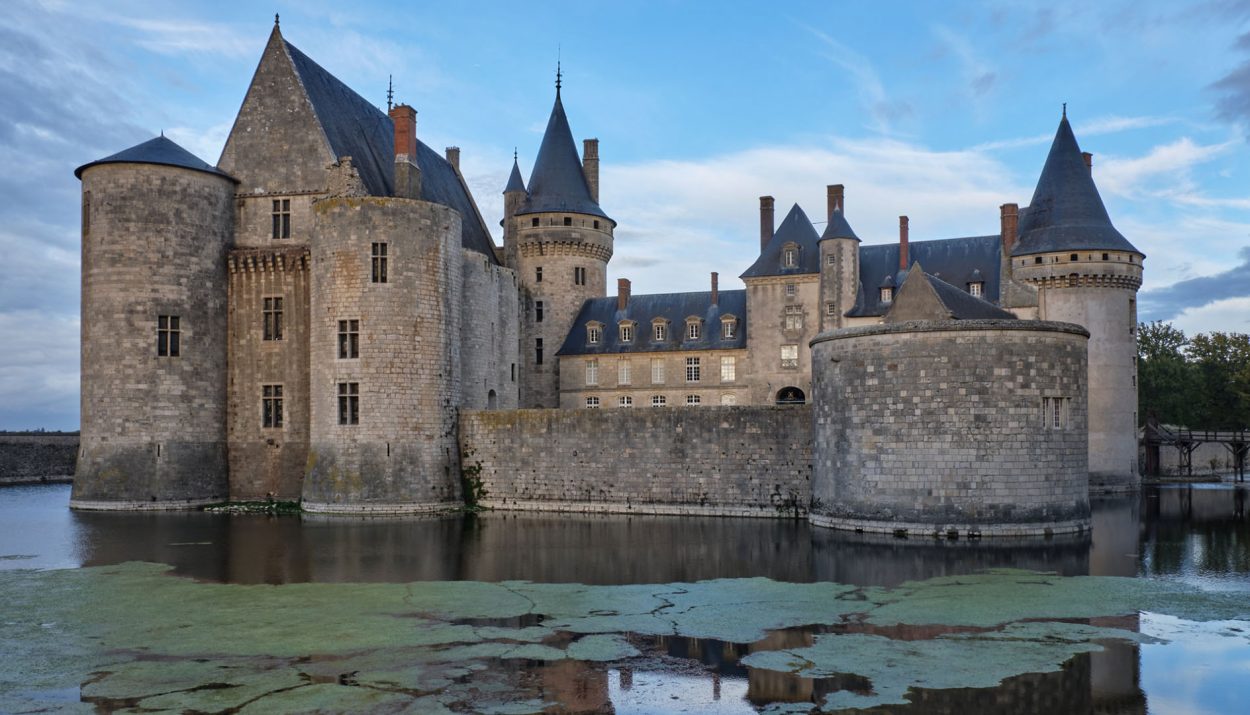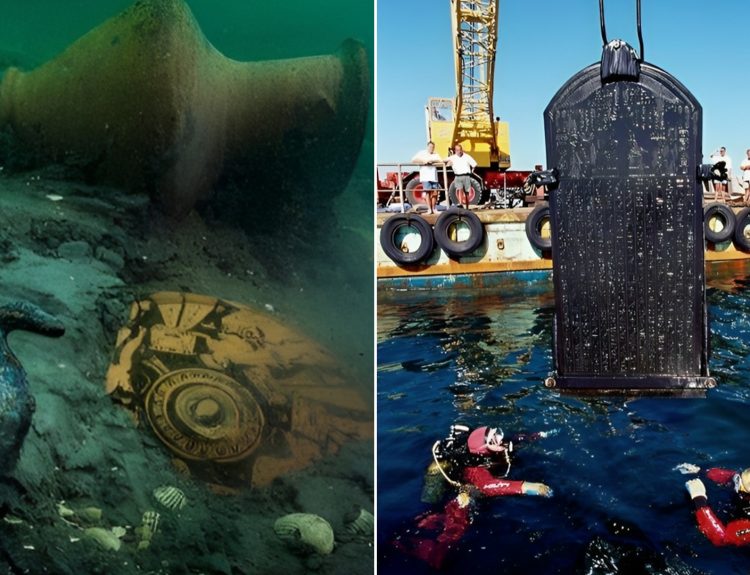Forget that picture in your head about knights on white horses and damsels in pointy hats leaning out stately towers above picturesque castles. The Middle Ages were far from our romanticized image. In fact, they were downright medieval.
The Middle Ages spanned from the year 500 to the year 1500 AD. This is the era of Camelot and King Arthur … but it was also a time of widespread diseases, brutal subjugation of women, and poor living conditions. Here are 17 reasons why the medieval era was more horrifying than you think.
1. There Were Witch Hunts
Salem, Massachusetts, doesn’t have a monopoly on witch hunts. In fact, witch hunts were a thing in Europe long before Sarah Good, Rebecca Nurse, and others in pilgrim-era Salem were accused of practicing witchcraft.
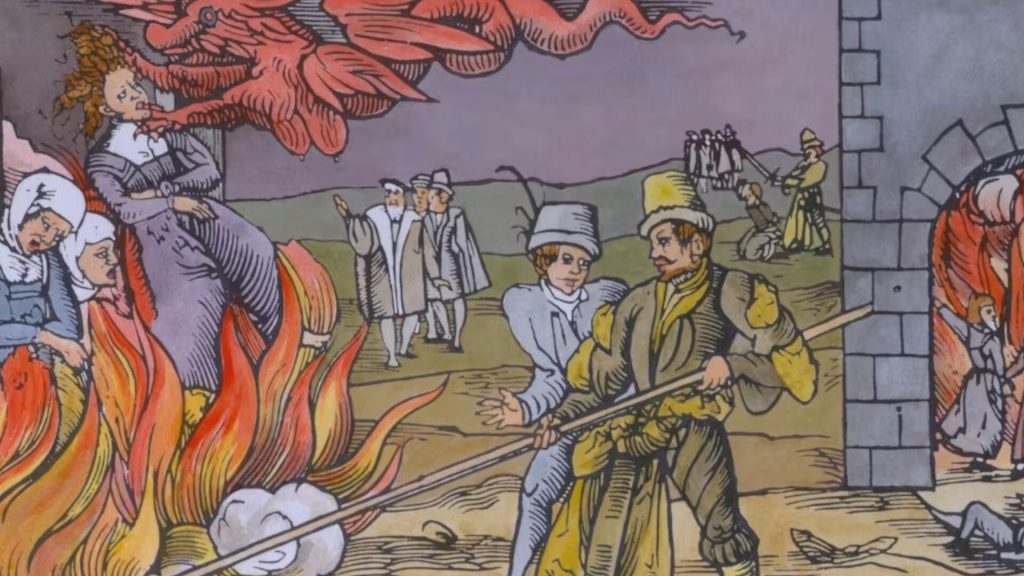
Thousands of people in medieval Europe – mostly women – were accused of using dark magic and being in cahoots with the devil. Roughly half of the accused witches were executed, often in truly awful ways.
2. Children Were Expected to Get Jobs
Teenagers today often work part-time at McDonalds or take weekend babysitting jobs, but in the Middle Ages, most children were expected to forgo the carefree days of childhood for full-time, back-breaking, dangerous work. Kids as young as five years old toiled away their days in mines, workshops, and farm fields.
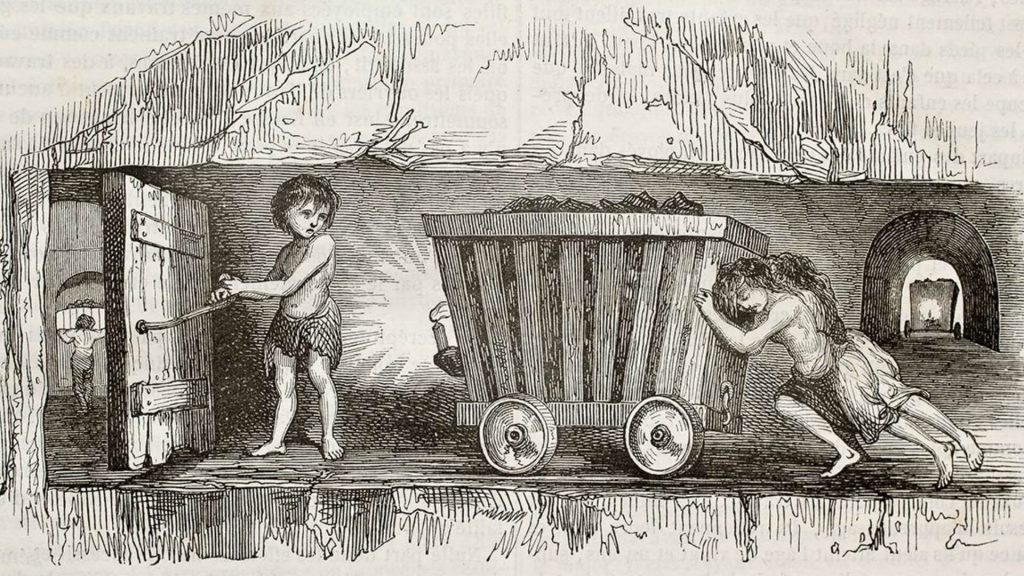
Forget child labor laws. Medieval kids put in ten-to-twelve-hour workdays, six days a week. They handled sharp tools, fire, and hazardous materials. Child workers were subject to cruel bosses who literally cracked the whip on them.
3. Medical Treatments that Were Worse than the Illness
Medical knowledge in the Middle Ages was more speculative and spiritual than it was scientific. Often the medical treatments prescribed to a patient were far worse than the actual illness. Take migraines, for example. A person suffering from migraines could be diagnosed with demonic possession. Or, worse. The doctor could drill holes in their skulls … with no anesthesia.
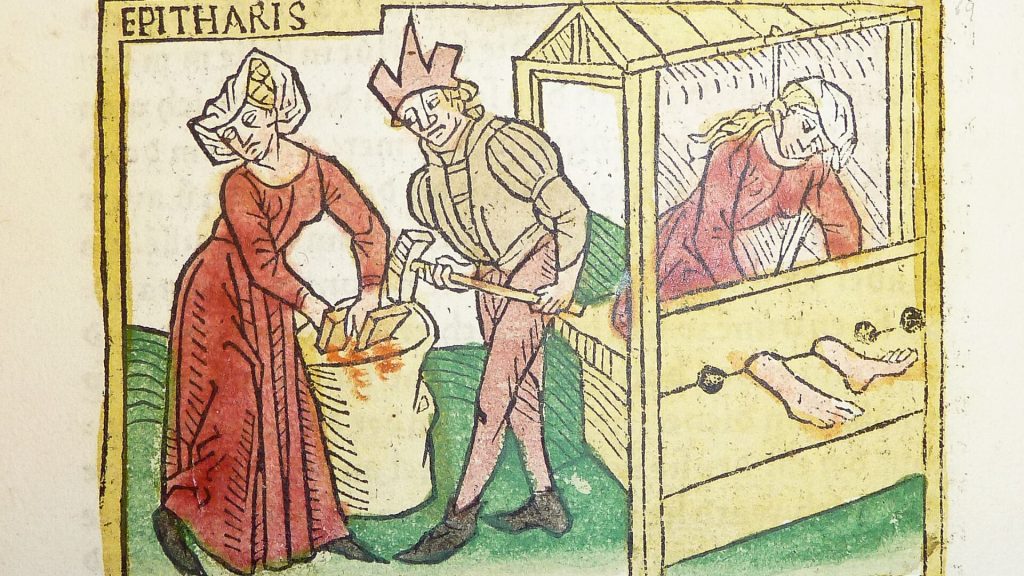
Routine illnesses, they thought, were caused by an imbalance of bodily fluids. Doctors performed bloodletting to get rid of the “excess” blood … either by cutting open the patient’s skin or by covering them with leeches.
4. Serfs Were Indentured Servants
In the Middle Ages, much of Europe operated on the serfdom system. This system worked well for the wealthy landowners, but not so much for the serfs. They were required to work in the landowner’s fields, forests, and mines in exchange for the privilege of living in a small cottage on his land.
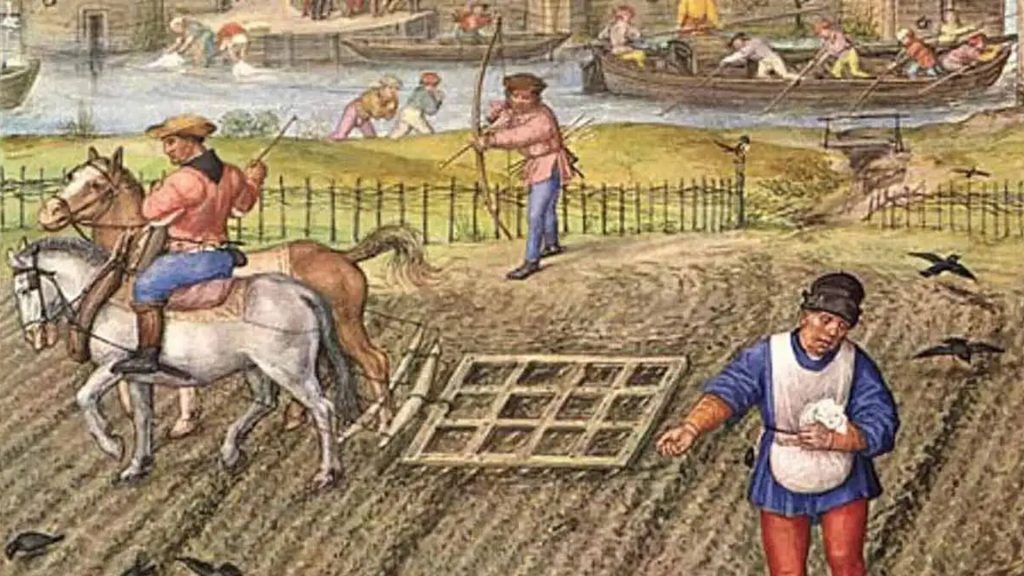
Serfs were obligated to give much of the food they raised to the landed lord, leaving them with barely enough to feed their own families. Under the serfdom system, there was no pathway out of poverty for the serfs. In fact, it was a generational thing. Generation after generation were stuck in the same cycle of bondage.
5. The Middle Ages Had a Great Famine
From 1315 to 1317, much of Europe was in the grips of a widespread famine. Unpredictable weather caused crops to wither and die. Merchants jacked up the prices on what little food supplies were available, so only the wealthy elite could afford to buy food.
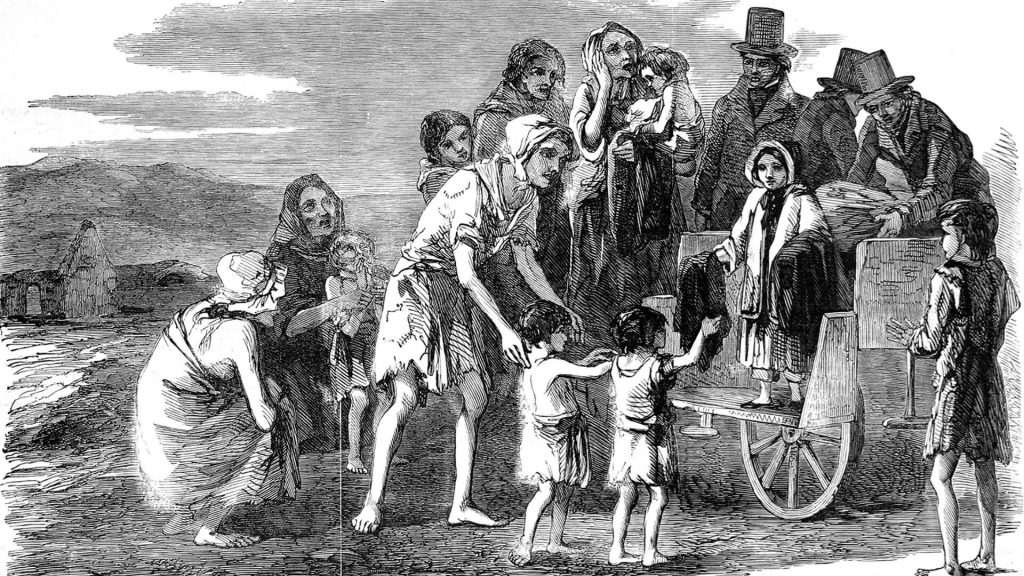
Thousands of people died during the Great Famine. Those who survived were weak and malnourished. That made them even more susceptible to communicable diseases … like the Plague.
6. The Deadly Plagues of Europe
Bubonic plague arrived in Europe in the mid-1300s when infected people and rats stepped off merchant ships and into crowded European port cities. Between 1346 and 1353, an estimated 50 million people died after contracting the plague, or the Black Death.
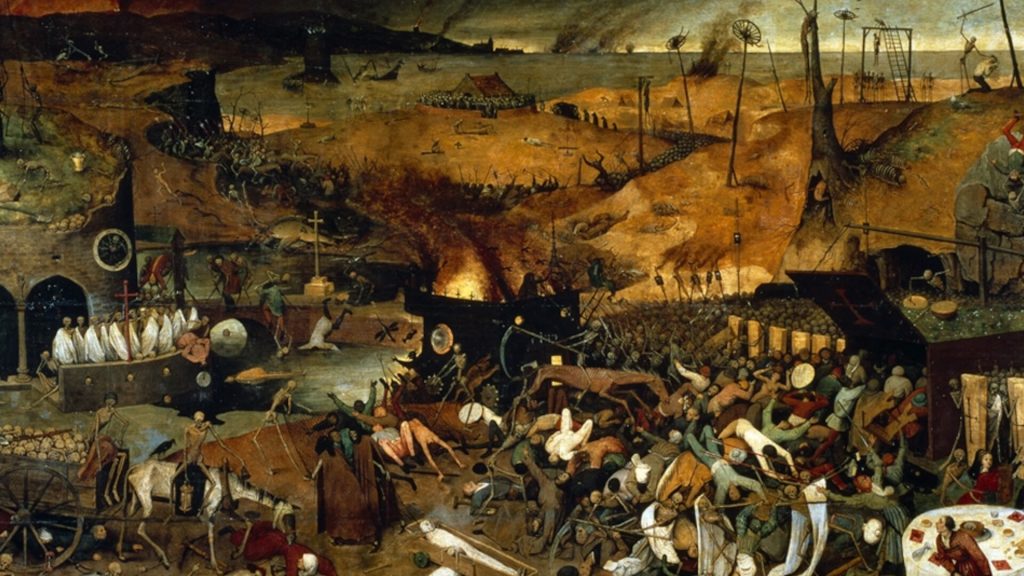
That high death toll represented about half of Europe’s entire population at the time. In some places, entire villages were wiped out. Often, there was no one left to bury the dead, so corpses lay in the streets. Naturally, this was a time of great panic and social unrest as people tried desperately to survive.
7. The Medieval Inquisition and Other Religious Persecution
In the early 12th century, the Catholic Church set up an office of Inquisition to address instances of “religious deviance” and heresy. The Church demanded that everyone blindly follow their teachings. Anyone who questioned the Church or worshiped in their own way was branded a heretic, tortured into making false confessions, and harshly punished. Even executed.
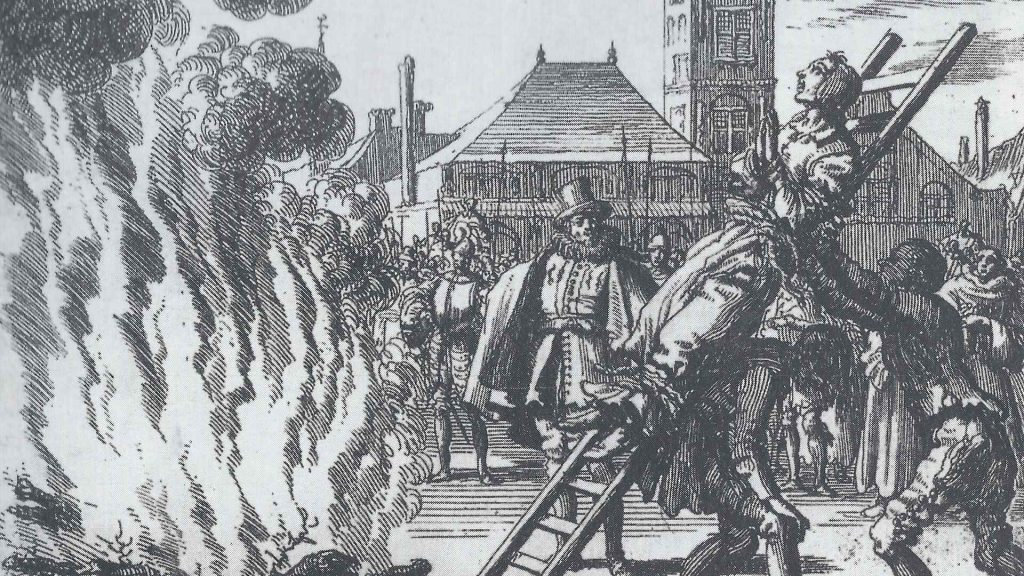
The Medieval Inquisition targeted Christians, but also set its sights on non-Christians. Jews and Muslims faced persecution, imprisonment, and violence. Jews and Muslims were denied citizenship and basic rights. This was made even worse during the Crusades when devout Christians sought to reclaim the Holy Land.
8. Childbirth Was Risky Business
In the medieval era, women had one job – to procreate. Giving her husband lots of children, especially boys, was the important goal society assigned to women. But it came with a high price.

Childbirth was dangerous in the Middle Ages. The maternal mortality rate was quite high. Some experts claim that one in every three women died during childbirth. With no medication to help them cope with the pain and with no antibiotics to treat infections, it was common for women to succumb to complications from delivery.
9. Trial by Ordeal
In the Middle Ages, judges used “trials by ordeal” to determine the guilt or innocence of the accused. Instead of considering the factual evidence, the courts believed that God would step in and reveal the truth while the accused was forced to endure an “ordeal.”
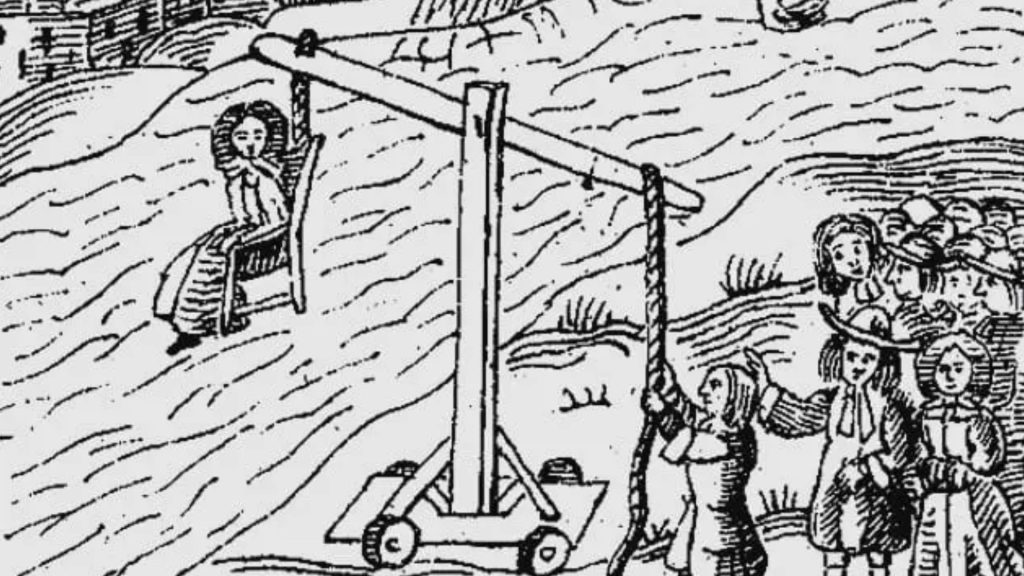
For example, the accused might be tossed into a freezing cold body of water. If he sank and drowned, he was declared innocent. If he floated and survived, he was found guilty and punished … often by execution. Similar trials by ordeals saw accused people forced to hold red-hot iron in their hands or walk through fire.
10. The Lack of Sanitation and Hygiene
Life in the Middle Ages was an assault on the nose. Routine bathing was only done by the wealthy elite. Peasants carried an aroma of body odor around with them. Most people had head lice, body lice, and other creepy crawlies living on them.
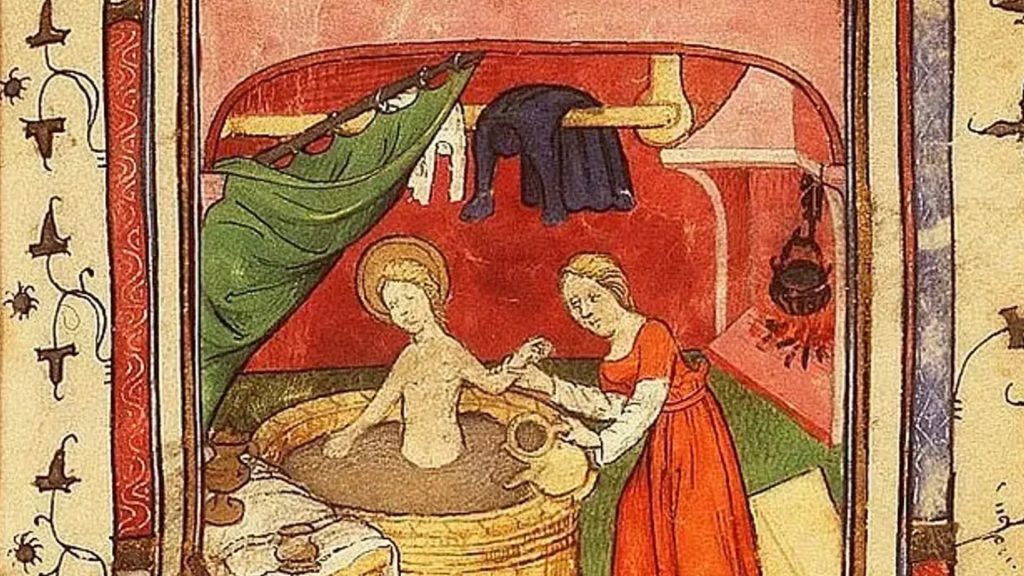
Medieval cities didn’t have sewage systems or garbage removal. As a result, the gutters and alleys were filled with human and animal excrement, trash, and animal corpses. Not only did it smell horrible, but it attracted rats and insects that spread diseases.
11. The Brutality of War
Medieval weapons were designed to inflict a lot of damage when used in hand-to-hand combat. Swords, maces, battle axes, and flails could crush bones and split open skulls. If a warrior’s battlefield wounds didn’t kill him right away, infection probably would.
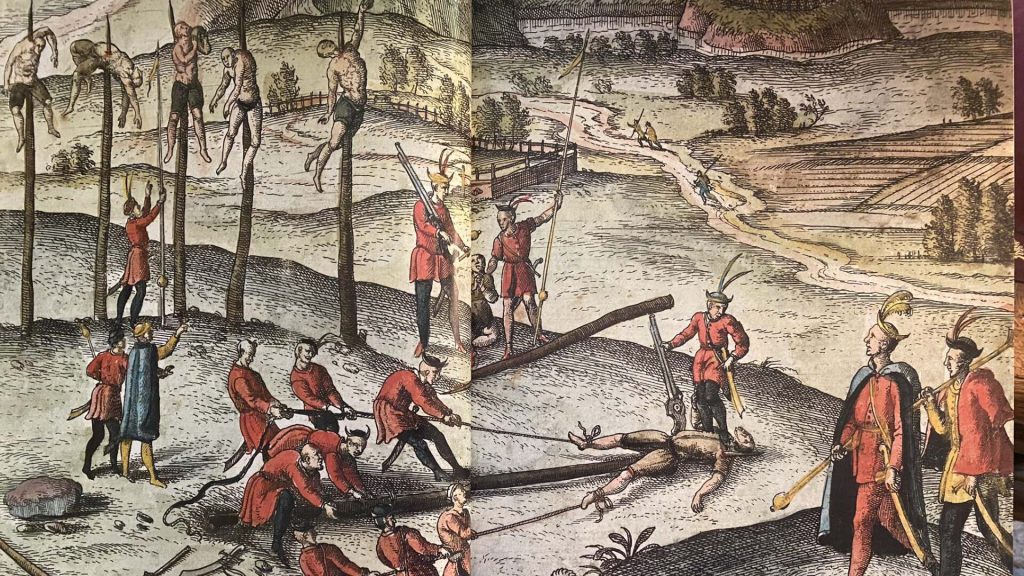
Some medieval warlords, like Vlad the Impaler, did some gruesome things to his defeated enemies in order to send a message to others. He famously impaled hundreds of thousands of people to show his enemies that he meant business.
12. Random Attacks by Marauding Invaders
People living in coastal regions of Europe were vulnerable to random, sudden, and unprovoked attacks from seafaring marauders, particularly the Vikings. The Vikings quickly discovered that there was a wealth of resources in the villages and towns that sprang up in coastal areas.
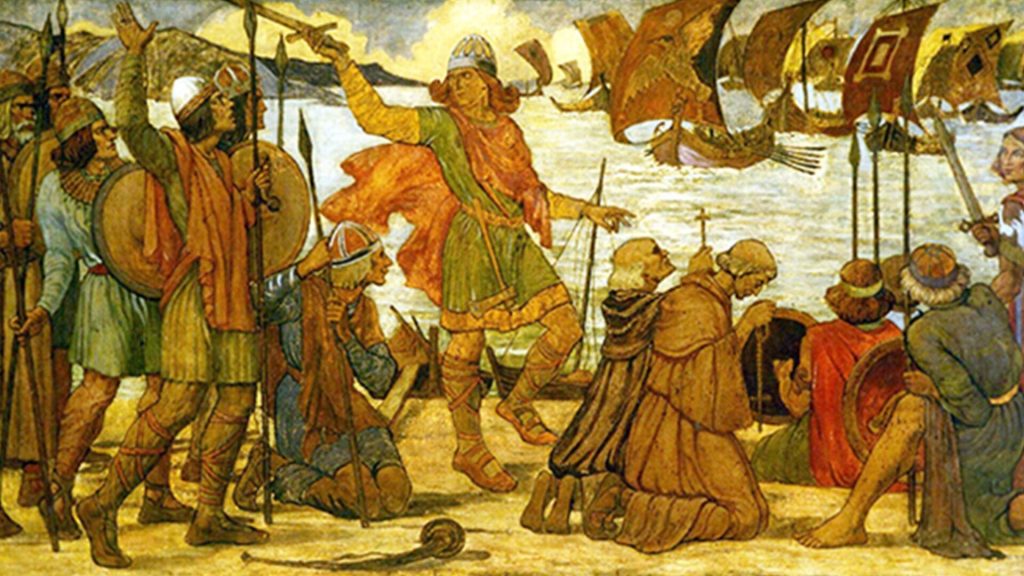
Remote and sparsely populated, these villages were easy pickings for Viking raiders. All they had to do was sail to one of these places and start pillaging and plundering. It wasn’t all good-natured robbery. Women were raped. Children were captured. Men were killed. Viking raids left people living in constant fear.
13. The Church Micromanaged Everyone’s Lives
In medieval Europe, the all-powerful Church was omnipresent in the lives of all people, from the lowliest peasants to the kings and queens. Church doctrines controlled much of people’s day-to-day decision making and routines.
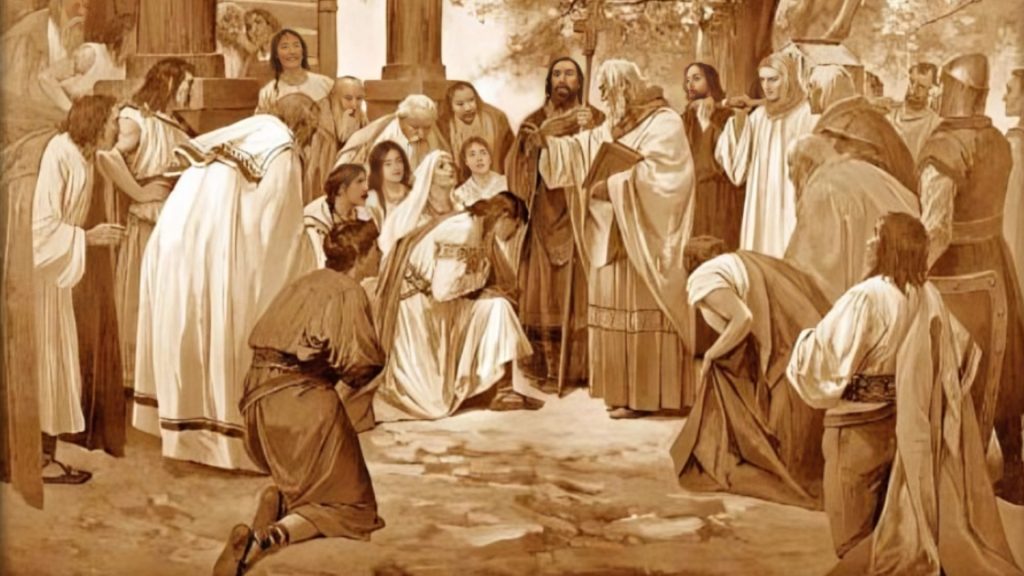
The Church also served as a filter for information going to the general public. Knowledge of scientific discoveries and ideas were suppressed. The Church even controlled who could get an education because it suited their needs to keep the masses uneducated. If people could not read the bible on their own, they were forced to accept the lessons taught to them by the clergy at face value.
14. Houses Were Drafty and Cold
It didn’t matter if you were a noble living in a medieval castle or a peasant living in a thatched-roofed cottage, all houses in the Middle Ages were drafty and cold. Castles were often damp and hard. The cottages were crowded, poorly ventilated, and leaky.
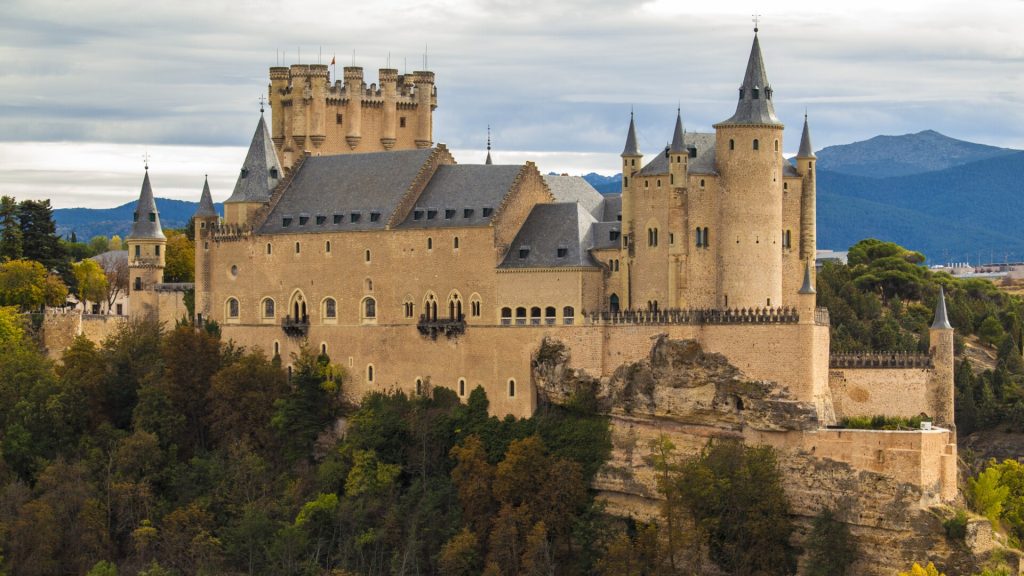
All homes in the Middle Ages were infested with rats and mice. Fires for heating and cooking made the air smokey and difficult to breathe. There were no bathrooms, no running water, no air conditioning, and no heat.
15. The Peasants Revolted from Time to Time
Serfs and peasants – people who made up the lower rungs of society – suffered the most under the feudal system. Every so often, they revolted against their unfair lot in life. Peasant uprisings usually happened suddenly and without warning, although they were triggered by increases in taxes or incidents of general injustice.
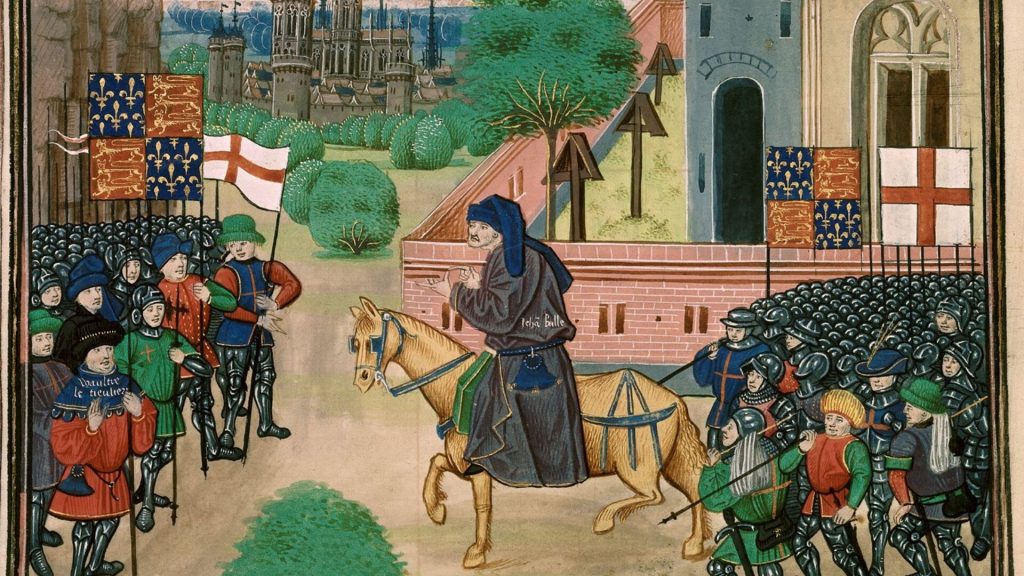
When the peasants revolted, violence spread from village to village or serfdom to serfdom. The peasants had valid points to be made about the forced labor and terrible injustices they endured, but nearly all of the medieval peasant revolts were quickly and brutally suppressed by the people in power. Participants in the revolts were publicly executed.
16. Two Million People Died in the Crusades
During the Middle Ages, the Catholic Church decided it was time to seize control of notable places in the Holy Land and free the places mentioned in the Bible from the Jews and Muslims who lived there. Able-bodied men were recruited to serve on these “holy missions” which involved looting Middle Eastern cities, stealing religious artifacts, destroying temples, mosques, and synagogues, and murdering Muslims and Jews.
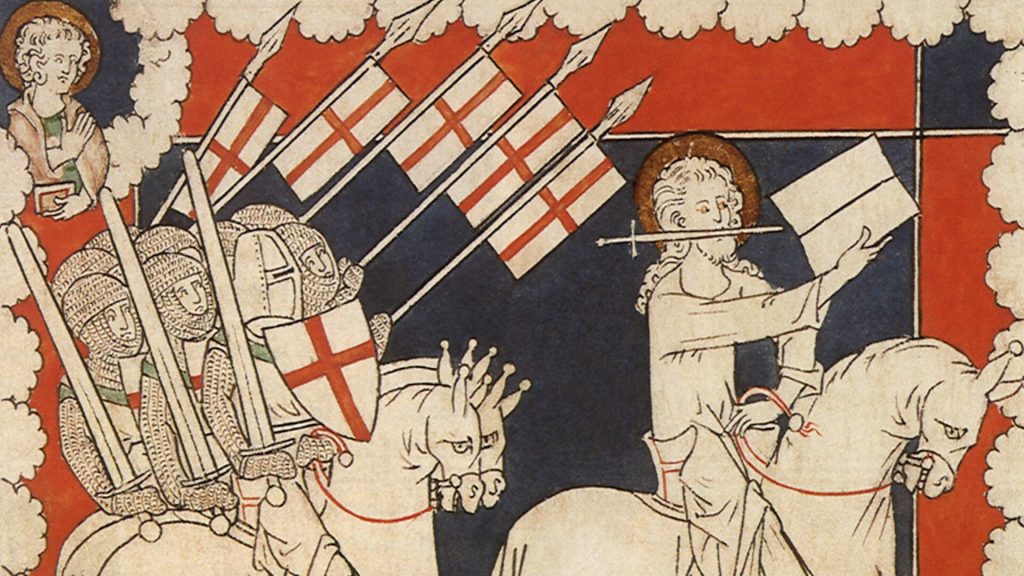
Traveling by foot or horseback across Europe and into the Middle East was a difficult journey in those days. Many men perished before they made it to the Holy Land. Those that did make it found well-armed soldiers ready to repel them. An estimated two million people died as a result of the Crusades.
17. A Terrible Life Expectancy Rate
There were a lot of things that could kill a person in the Middle Ages, including childhood, toothaches, tainted water, and bucking horses. Diseases were rampant. Smallpox, tuberculosis, flu, malaria, dysentery, and typhoid – all diseases we can now treat – were virtual death sentences in the Middle Ages.
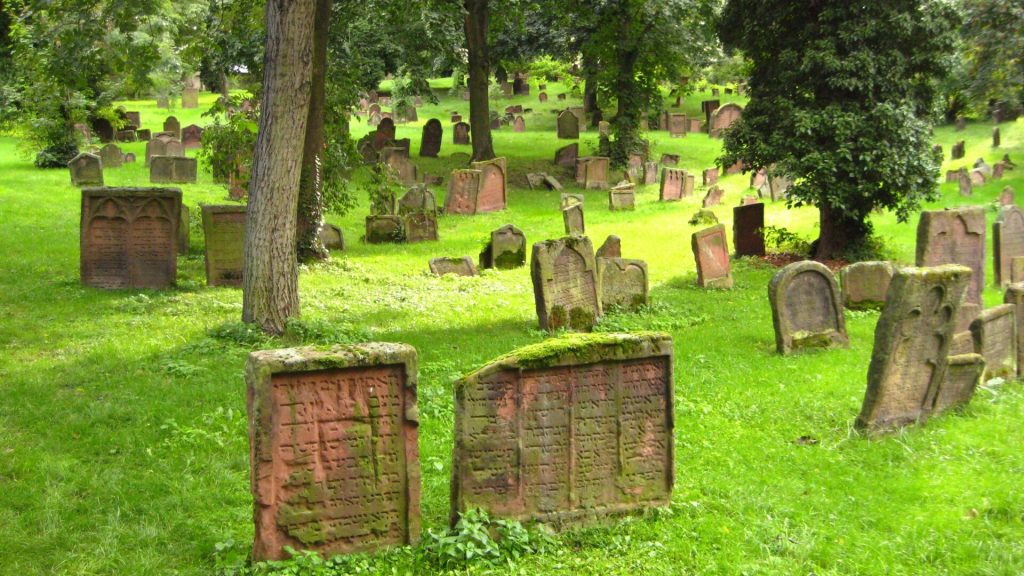
Between 25% and 50% of children died before they reached the age of five years old. The poorer the child, the higher the death rate. But everyone was at risk. According to one statistic, boys born to land-owning families in medieval England could expect to live until the ripe ol’ age of 31 years old.

